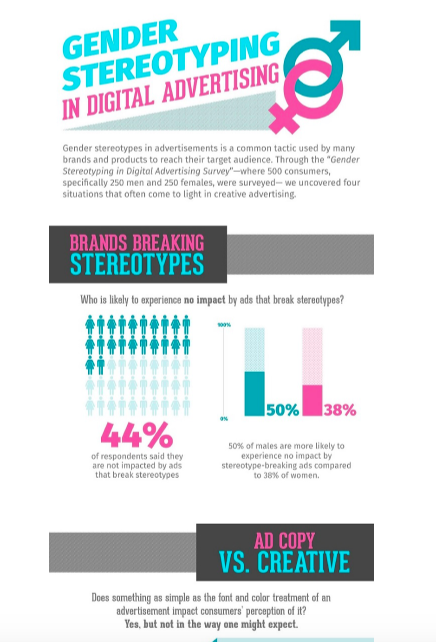In public relations, our job is to spot, shape, and communicate our client’s story. That task typically starts with an information session, often before the letter of agreement is signed. We download information and ask questions, probing for the key points of the narrative we envision will make the company stand out.
So we may ask, “What’s different about Typical Software Co.?” Here are some classic responses:
“Our people set us apart. We work hard to recruit the best.”
“Our products are very high quality. We’re better than competitors.”
“We offer great customer service/value/reliability.”
These statements are usually true. There may be evidence to support them, which always helps. They’re also important; in fact, a company shouldn’t be in business if it can’t point to high quality and talented employees. But, they’re not unique. They’re not even very different. Who doesn’t claim to have the best people, products, and value?
So how should communications professionals work to identify the story we suspect is buried under the day-to-day business processes?
Look for the turning points
Change is interesting. So is adversity. A history of setbacks, or even failure, is more memorable than the typical success tale. In the moment, a business pivot might be gradual, but in hindsight it can become a dramatic turning point. We represented a technology company that had almost closed after its preloaded audiobook business failed to catch on with readers. It made a last-ditch effort to sell to the library market instead – a move that was successful enough to offer a bridge to its ultimate digital strategy. That turning point became part of a narrative that perfectly captured the maturation of the audio content sector. It made the brand more interesting, and best of all, media loved it.
Insist on examples
As storytellers, we’re taught to show, not tell. The same goes for identifying the story. Don’t let the business owner brag about his penchant for risk or generous attitude without getting the examples that illustrate it. A delivery guarantee is pretty boring, but an example of how a business put an employee on an overnight flight to the West Coast to help a customer make a deadline to make good on that guarantee could be interesting. Examples are not only demonstrative, but they’re often visual. If we can visualize it, we’ll remember it.
Be curious
Open-ended questions are particularly useful. “What do people not understand about your job/business/category?” is a good thought starter. Sometimes a marketplace misperception is the trigger for bringing on a PR firm, but often it’s the smaller and more individual insights that can make a story come alive. “What keeps you up at night?” “What is no one else seeing?” “What’s your biggest headache/success/challenge?” help to tap the human element of any business story. A recent prospect caught my attention when he confided that he founded his company out of frustration that no one else was offering the service he needed. It was just one word, but “frustration” helped us craft the broader story about his business.
Get personal
Not every sector is exciting or accessible, especially in B2B technology. We represent a tech company that helps sales teams book meetings with prospects instantly. The software can make a huge difference in revenue, yet the category is narrow. So we delved into the personal story of the founders. One of them grew up in a country with a repressive, Soviet-influenced government. When Russia invaded Ukraine last February, she organized resources, transportation, and shelter for those fleeing the war. It galvanized the entire company. Not only was it a great story, but it showed something about the culture and values of the business. In another case, we learned that a client company CEO had narrowly escaped a terrorist attack many years prior. It affected him so deeply that he quit his job and founded a business. In each case, we were able to tell the story in a way that attracted top-tier media coverage, while staying relevant and treating serious topics with sensitivity.
Strip away the technical details
In the tech sector we hear a lot of puffy descriptors, trade jargon, and convoluted language. Along with that, there’s something psychologist Steven Pinker calls the “curse of knowledge.” We see it when technical or academic experts are so immersed in their field that they can’t step outside it to convey the real narrative beneath the technical benefits, like use cases and hero employee stories. In our role, sometimes it helps to play the “non-expert.” When we ask a client to “explain it like I’m in kindergarten” we’re actually more likely to get to the core of the story.
Dig deeper
If all else fails, keep digging. Ask every key officer about their own personal backstory. Delve into market research data. Look up analyst research about the sector. Develop key customer personas. Study competitors for differentiating factors. Analyze trends and note how the business conforms to them. If it does, it’s a solid example for a broader category story. If it doesn’t, it may be a maverick – and who doesn’t love a contrarian?











